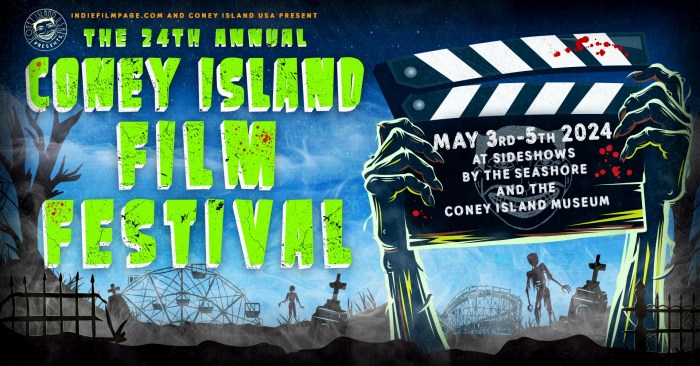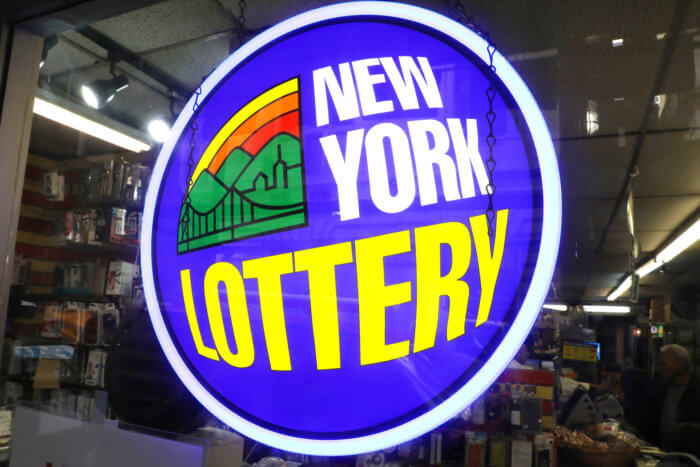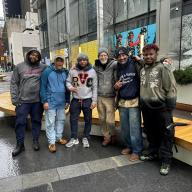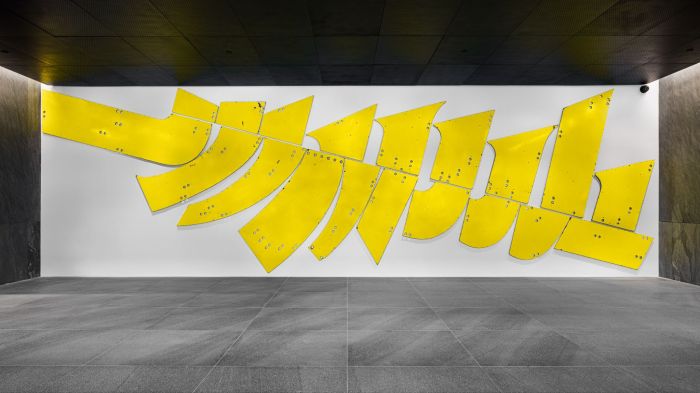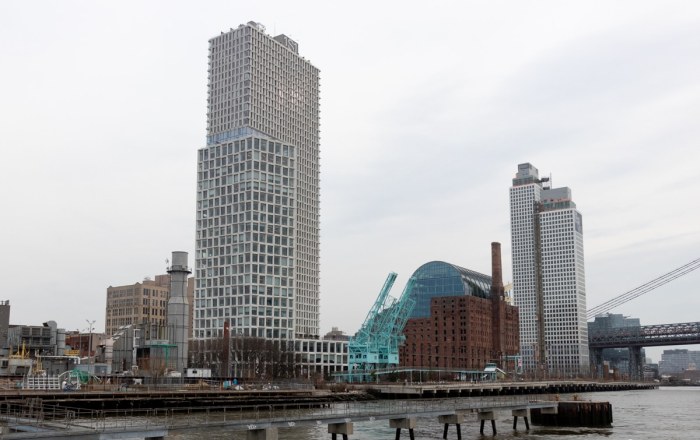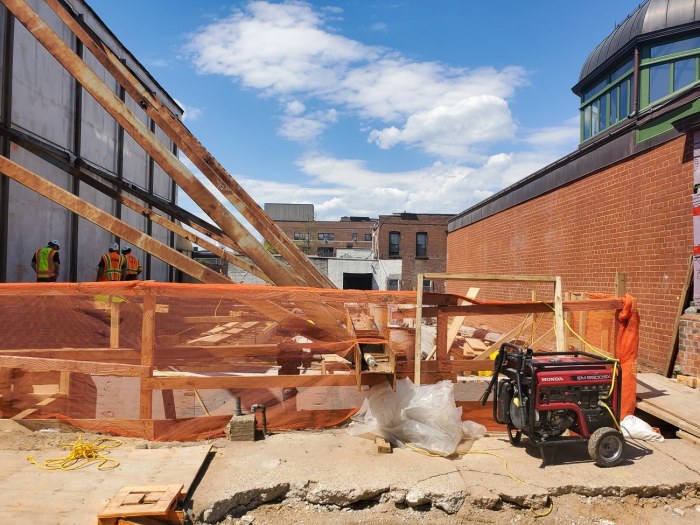At first blush, we have no reason to object to Bruce Ratner’s apparent plan to build the city’s tallest residential tower — a 1,000-foot-tall, glass-walled skyscraper at the corner of Tillary and Jay streets.
Thanks to a 2004 upzoning of Downtown Brooklyn, the sky is literally the limit for such Manhattan-style buildings — and unlike Ratner’s completely out-of-scale skyscraper park at Atlantic Yards in the low-rise Prospect Heights neighborhood, we have always said that Downtown is the place for high-rise growth (with proper planning, of course).
And Ratner’s design for his tower — which was splashed all over the city’s tabloids this week — was crafted by Renzo Piano, the same bona-fide starchitect whose recently built New York Times tower near Times Square is earning praise.
So why are we already concerned about Ratner’s latest project? Let us count the ways:
• For two years, Ratner and his government partners — in this case, the City University of New York, which owns the land on which Ratner would be hired to build a new classroom building and then construct his own skyscraper — have flatly refused to reveal the nature of their deal.
• CUNY will not even give out its initial “request for proposals,” a key document that reveals what the university sought from developers — and what it was willing to pay the winning bidder — at the City Tech site. Such RFPs are public documents — indeed, making them public is exactly how developers and other stakeholders can submit competitive bids. Keeping RFPs secret makes a mockery of the bidding process.
• CUNY won’t say how many bids it received last year or how it came to select Ratner as the winning bidder. And the university won’t let the public know what is in Ratner’s bid that made his better than others — an inexcusable lack of transparency from a public institution that prevents the public itself from knowing if officials are acting in its best interests.
• Ratner’s people aren’t talking, either — more secrecy from a developer who has made his living by partnering with public entities on projects, like Atlantic Yards and Metrotech, that are approved outside the normal and rigorous city land-use review process.
All developers make promises, and some of them fall short some of the time. But Ratner has fallen short most of the time, and has been paid handsomely for each insult. From the government-subsidized sterility of his fortress-like Metrotech (with its unused retail spaces and poor job-creation numbers), to the government bailout at Ratner’s pathetic Atlantic Center Mall, to the ever-rising taxpayer subsidy that underwrites his shell game at Atlantic Yards, there has been no accountability. Government keeps on partnering with Ratner — not only on the projects, but on the clandestine planning process, too.
There are already many cheerleaders for Ratner’s City Tech tower. But until public officials answer reasonable questions about this backroom deal, and show us that the public, and not only Bruce Ratner, will benefit generously from this project, we will remain skeptical.





